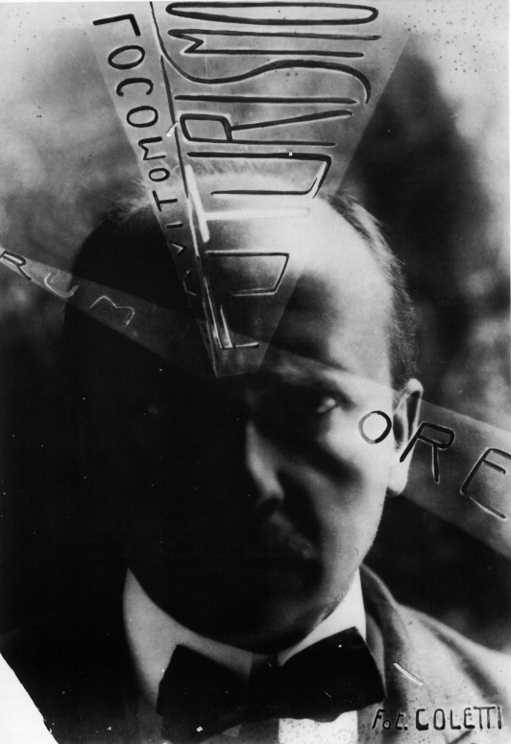Isambard Kingdom Brunel against the launching chains of the Great Eastern at Millwall in 1857.
This iconic image of Brunel dwarfed by his own engineering. It is an image of man and machine as one - for good or ill. Technology has always meant progress but since the Industrial Revolution it has continued to dominate our lives. Everything from the way we travel, communicate and work has been affected by technology.
Lewis Hine
Lewis Hine's documentary photographs of child labour strike a visual chord. Hine used his camera to capture the poverty he witnessed in New York. This included a photographic study of Ellis Island immigrants. In 1908 Hine published Charities and the Commons, a collection of photographs of tenements and sweatshops. Hine hoped he could use these photographs to help bring about social reform. He told one meeting that he believed his photographs would encourage people to "exert the force to right wrongs".
While some questioned the onslaught of technology others celebrated it. It has been a century since Marinetti kick started the Futurist movement with the publication of the Futurist Manifesto. Expressing dynamism and rapid change, Futurism struck a cord with artists coming to terms with new elements of modern life. The Tate Modern celebrates the centenary of Futurism with an exhibition exploring key figures, works, and also the movements that reacted to Futurism.
Fortunato Despero - 'Sky Scraper and Tunnel' 1930
The glory of technology! The fascination of speed! The thrill of new products! For the creators of the Futurist movement of the early twentieth century, this was what inspired them. Fortunato Despero joined the furists late but was inspired by it ideas throughout his career. This is a piece of Despero's theatre design - this stage set was never built. They represent the sense of vertigo in a city, sometimes by the means of skyscraper shapes placed in precarious perspective at acute angles, sometimes by showing the hidden underground subway system. Despero described a mass of people as "crowd confetti, crowd ants, crowds of human sand flowing, slipping, falling apart". This indicated that in the midst of this mechanical paradise there is a sense of alienation and solitude.Georgi and Vladimar Stenberg 1929
This Russian Constructivist film poster has the same sense of vertigo. It uses a combination of photomontage, text and illustration to create a dizzying design.
David Bomberg 'The Mud Bath' 1914
The influence of futurism was far reaching and in Briatin it can been seen in the work of Wyndham Lewis and Vorticism. Lewis himself saw Vorticism as an independent alternative to Cubism, Futurism and Expressionism. Though the style grew out of Cubism, it is more closely related to Futurism in its embrace of dynamism, the machine age and all things modern (cf. Cubo-Futurism).A 1918 woodcut by Edward Wadsworth, from “Rhythms of Modern Life.”
However, Vorticism diverged from Futurism in the way it tried to capture movement in an image. In a Vorticist painting modern life is shown as an array of bold lines and harsh colours drawing the viewer's eye into the centre of the canvas.
Wyndham Lewis' 'Blast - 2nd edition War Number' 1915
They produced their own magazine Blast that contained work by Ezra Pound and T. S. Eliot as well as by the Vorticists themselves. Its typographical adventurousness was cited by El Lissitzky as one of the major forerunners of the revolution in graphic design in the 1920s and 1930s.











